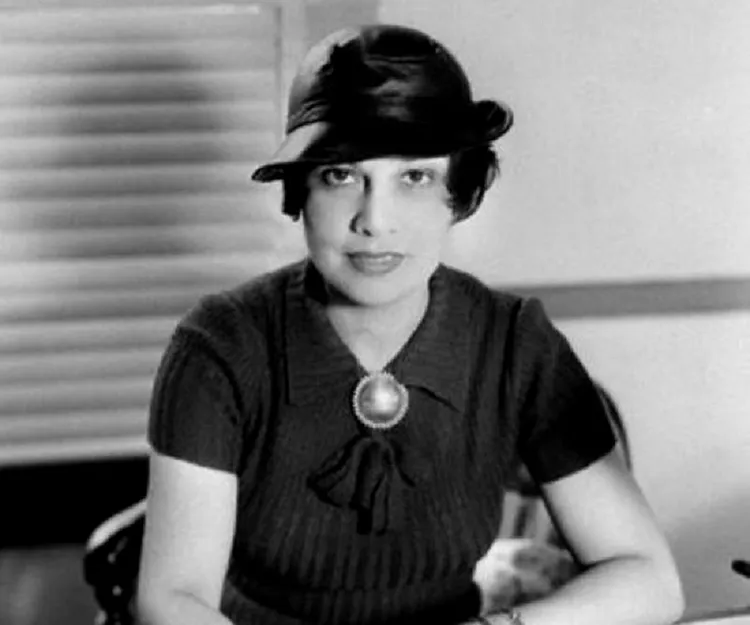So, you’ve poured your heart and soul into that script, right? You sent it off to your trusted circle with a grin, ready for the high-fives and praises. And surprise, surprise—they loved it! But then, that dreaded moment comes: the notes. Ah, the notes! I mean, you’d think they were sharing your masterpiece with a sack of marbles instead of genuine feedback. Suddenly, it’s back to the drawing board for another round of rewrites. Don’t fret! Tackling these suggestions doesn’t need to be a Herculean task. The trick? Breaking it all down into bite-sized pieces. In this article, we’ll explore how to categorize your feedback into three crucial areas: structure, scene, and formatting. By doing so, you’ll find clarity in the chaos and move towards that polished draft that everyone—yes, even those note-givers—will adore. Ready to get started? Let’s dive in! LEARN MORE
You’ve written your script and sent it out to your circle for feedback, excitedly waiting to hear how great it is… and they love it! But they have notes and you need to do another rewrite.
Going through notes and knowing how to approach them can be tough, but you can take control by breaking up your process into clear steps.
Breaking Down the Process
First things first, you have to organize your notes into three basic areas: structure, scene, and formatting. You will be thinking about your character’s arc as you go through it, this is simply a way to organize your notes.
Structure refers to the big broad strokes and tentpole character moments that create your character arc.
Scene refers to the individual scenes. You’ll consider how they string together in the “structure” pass.
And, finally, you’ll clean up any typos, grammar, and formatting in the “formatting” pass, while punching up any dialogue and prose you think needs it.
Make sure you’re considering the theme throughout. Every time you’re looking at your script and the pieces within it, you should ask yourself what it’s bringing to the theme of your script and your protagonist’s character arc. Ultimately, the lesson your protagonist learns is your script’s central theme or central question, so they go hand-in-hand. The trick is that as you’re writing you ensure you’re constantly applying theme and character arc at every level of your rewrite, creating a cohesive story that producers and reps love.
Read More: What Is a Central Question? (And Why Is It Important for Your Script?)
1. Structure Pass
If you’ve ever listened to The Screenwriting Life podcast, hosted by Meg LeFauve and Lorien McKenna, you’ve likely heard the advice to pull back and look at your script from the “30,000-foot view.” That’s what you’ll be doing in the structure pass. You’ll look at the notes that ultimately comment on the broad strokes of your script including the overall character arc, the pacing and how the scenes build, where new characters and situations are introduced, etc.
All of these elements should create the protagonist’s emotional arc in a story that they drive and that supports your central theme.
You may have to go back as far as your outline to be able to move the pieces around more easily in your mind or see where the script doesn’t have the same impact as what you had planned in your outline. It’s also a great time to go back to your notecards (if you use that method) and physically move them around (whether it’s on a corkboard or through Final Draft’s beat board feature).
If you’re someone who likes to follow the three-act structure, this is the moment where you’re pulling back and looking at those sequences to see how they build.
If you don’t like to be that stringent, think of your story as having “check-ins” for your protagonist that act as the more palpable beats where we see and feel their challenges and growth. Or as poles that hold up the tent.
In sequences, these would be the climaxes or turning points that end each sequence and possibly set up the next one. Without thinking about sequence structure, these moments are what you’re building towards about every 10-ish pages.
Read More: 6 Ways to Free Yourself from Excessive Editing
2. Scene Pass
This is the nitty-gritty of your script where you’ll likely spend most of your rewrite. Notes for this area would focus on how different characters act in a scene, building up the tension and stakes, making sure your story feels active enough on the page, whether the reader was able to follow your protagonist’s choices, etc. Any individual moments that a reader bumps into will also be here.
As you go through the structure pass, you will also make notes for when you do the scene pass. Don’t get ahead of yourselves, that’s the whole point of breaking it down into three simple steps.
When you’re doing the structure pass you may move scenes around, so they would not need to be rewritten for time and emotional continuity. You may make note of things that need to be added to individual scenes, this is the pass where you would make those additions.
As you go through, read your work to ensure that it’s building the way you want and have made notes to adjust. Look at your scenes as individual moments, as well as how they move from one to the next. Consider the “but/therefore” exercise, used by Trey Parker and Matt Stone of South Park, to ensure you carry your audience from the first page to the very end.
[embedded content]
3. Formatting, Typos, and Punch Ups
Last, but most definitely not least, it’s time to clean up your script in the formatting pass. Depending on where you are in your screenwriting journey, you might have to make a lot of changes to your formatting (though investing in software like Final Draft can make this significantly easier).
For those more practiced, you might not need to take time on the formatting, but everyone needs an assist with typos, grammar corrections, and small punch-ups.
—
How much time you spend on your rewrite and in what area will be determined by what your notes are pointing to the most. If it’s an early draft, you’ll likely look at the structure and spend a lot of time moving scenes around, cutting, and creating new beats. If you’re in a later draft, you may only need punch-ups.
It’s most likely that scripts spend a good chunk on structure, but largely focus on scene work in rewrites since the scenes are the major building blocks of a script. But by breaking up your rewrite process into these simple steps, you won’t feel as overwhelmed when you dig into the pages. And the less pain you feel in your rewrite, the stronger your draft will be ultimately.







